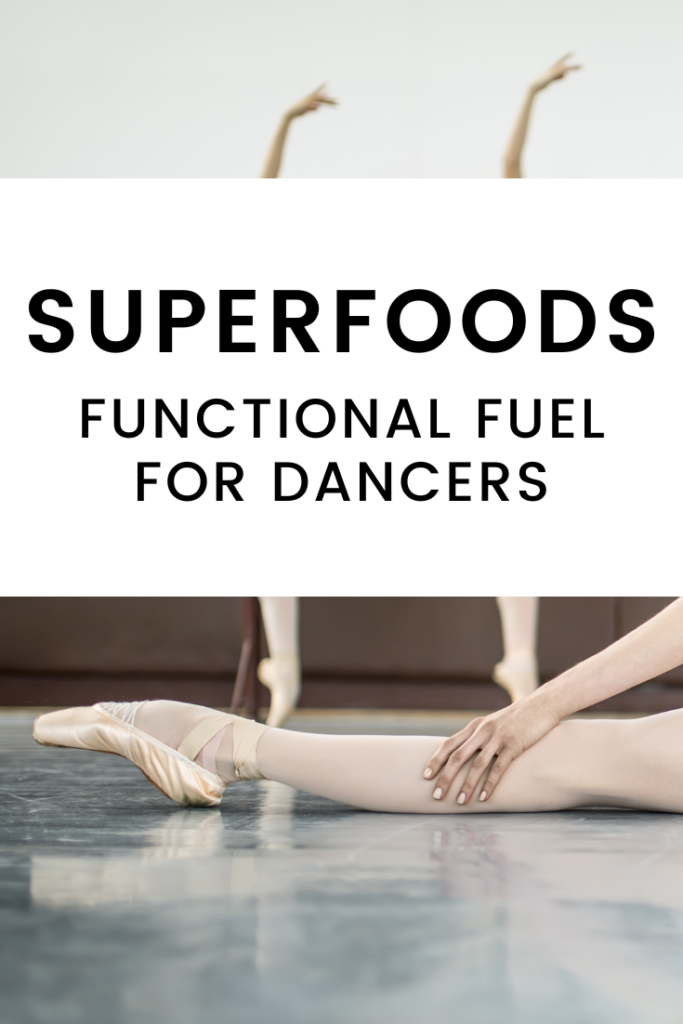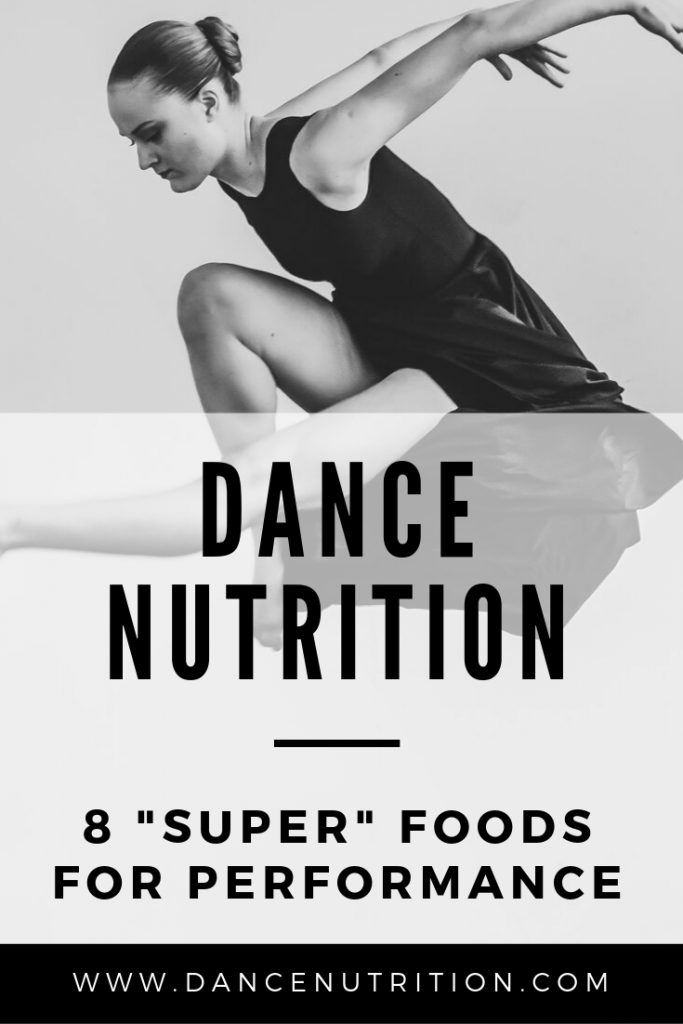Superfoods are a buzzy topic in the New Year. But what actually deems a food to be a “superfood?”
What is a superfood?
Oxford defines the term as “a nutrient-rich food considered to be especially beneficial for health and well-being.” Miriam-webster considers a superfood to be “a food (such as salmon, broccoli, or blueberries) that is rich in compounds (such as antioxidants, fiber, or fatty acids) considered beneficial to a person’s health. These definitions offer a generalized understanding of what “superfoods” are intended to be, but it ends there. To date, there is no standardized criteria or regulation governing the term and as a result, any food or ingredient can technically be considered or labeled a superfood.
It’s also important to know that the term “superfood” is not only tossed around our food aisles but also, throughout the supplement aisle. Unlike foods, supplements are known to be largely unregulated regarding their safety and efficacy. This raises lots of questions surrounding those labeled as “superfoods.”
Superfoods for dancers: the good news
Even without standardized regulation, we can consider “superfoods” to be those options that are nutrient-dense. In other words, these foods have a higher density of nutrients per serving. As I mention in this article, nutrient density can be a helpful concept for dancers looking to build a meal plan that supports their elevated needs as athletes.
Superfoods for dancers: the bad news
When the term “superfood” is used, it automatically categorizes foods as being “good” or “healthy.” While this seems harmless, the rhetoric naturally vilifies those foods considered less nutrient-dense. The end result is food guilt, a major symptom of disordered eating. This is often experienced alongside clean eating, detox diets, and other wellness “lifestyles” that parallel restrictive dieting. Here’s an article to learn more about the trickery of wellness culture.
Another consideration: the research. While some studies have drawn preliminary associations between single foods and their supposed “superfood” benefits, much of this research is limited. Small sample sizes, short-term follow-up, and bias from industry ties make it challenging to draw conclusive recommendations. To learn more about nutrition research, read this article.
So… what foods should I prioritize for a healthier dancer’s diet?
No single food will make or break your health or performance, but you can still include a variety of options that can help to support your performance goals. Arguably, since all foods are rich in energy (calories) and dancers thrive on calories to fuel their physical activity, we can consider all foods to be super!
And, remember that accessible and preferable foods will always be your best choice. In other words, you’re choosing accessible options that you enjoy, rather than those options you feel you “need to” or “should be” eating. The Healthy Dancer® Food Flexibility Algorithm is an awesome tool to help your decision-making at meal and snack times. We can also get started with gentle nutrition to optimize our food choices in a way that feels sustainable and not obsessive (read this article to do just that).
Functional Fuel
Only once you’ve reviewed those tools do I suggest you move forward with The Healthy Dancer® Functional Fuel technique to refuel, rebuild and recover. There are countless foods that we can include in our daily meal plans to support our performance goals. Instead of prioritizing one single nutrient or “super” food, aim for a variety of foods across all food groups (grains and bread products, dairy, dairy alternatives, legumes, fruits, veggies, oils, meat/fish/poultry). Let’s take a closer look at some foods and their nutritional benefits, but remember that these options are just examples and shouldn’t be considered the end-all-be-all of a “healthy” or “right” choice.
Refuel with Carbohydrates
Oats are complex carbohydrates that provide long-lasting energy. Oats also contain a specific type of fiber, beta-glucan, which helps rid the body of unwanted cholesterol. This means that oats are great for heart health!
Chia Seeds are rich in fiber and omega-3 fats, promoting healthy digestion, high energy levels, and a feeling of fullness between meals and snacks. Whether ground or whole, these tiny seeds plump in liquid, making them a great addition to oatmeal, dry cereal, and smoothies. Bonus: These seeds are a great source of calcium, which promotes bone health – great for preventing stress fractures!
Rebuild with Protein
Yogurt helps to balance meals and as a food rich in protein, contains essential amino acids for muscle growth. Yogurt is also a wonderful source of calcium and vitamin D to support strong bones.
Eggs (yolk included) are rich in vitamin B12, choline, biotin, and folic acid, all of which support your metabolism.
Quinoa is a great choice for plant-based dishes. Similar to animal proteins, quinoa is abundant in the amino acid lysine, making it a “complete” protein.
Repair with Fats and Colorful Produce
Oils, nuts, and seeds are rich in unsaturated fats. These fats are particularly potent anti-inflammatory agents that help to reduce natural inflammation from intense dancing. Produce is also abundant in the vitamins, minerals, and antioxidants needed to mediate the body’s natural response to wear and tear.
Flax is high in omega-3 fats, which work to repair the body and reduce inflammation after a long day of rehearsals. Add ground flax to anything from oatmeal and smoothies to salads and parfaits. Tip: use ground flax, which is better absorbed when compared to the whole flaxseed.
Blueberries’ phytonutrient content boosts immunity and improves memory – great for long rehearsals and memorizing choreography.
Function Fuel: Recipes for dancers
Toasty Oats: Cook a handful of rolled oats in a dry nonstick skillet over medium-high heat on your stovetop, stirring occasionally until they are golden brown (5-7 minutes). Add brown sugar and trail mix (try dark chocolate chips, raisins, almonds, & walnuts).
Honeyed Yogurt: Mix yogurt with a dash of cinnamon, flax, a generous drizzle of honey, and frozen berries.
Salmon in 20: Poach, bake, or grill salmon with a homemade rub of onion powder, garlic powder, and lemon juice. In just 10-15 minutes, enjoy with a side of sautéed spinach and rice.
Sweet Quinoa & Kale: Top sautéed kale and sweet potatoes with cooked quinoa mixed with raisins. Drizzle maple syrup for additional sweetness.
AB & B Sandwich: Top a toasted bagel with almond butter (or any seed/nut butter). Add sliced bananas and shelled hemp seeds for a boost of potassium and an added crunch.




